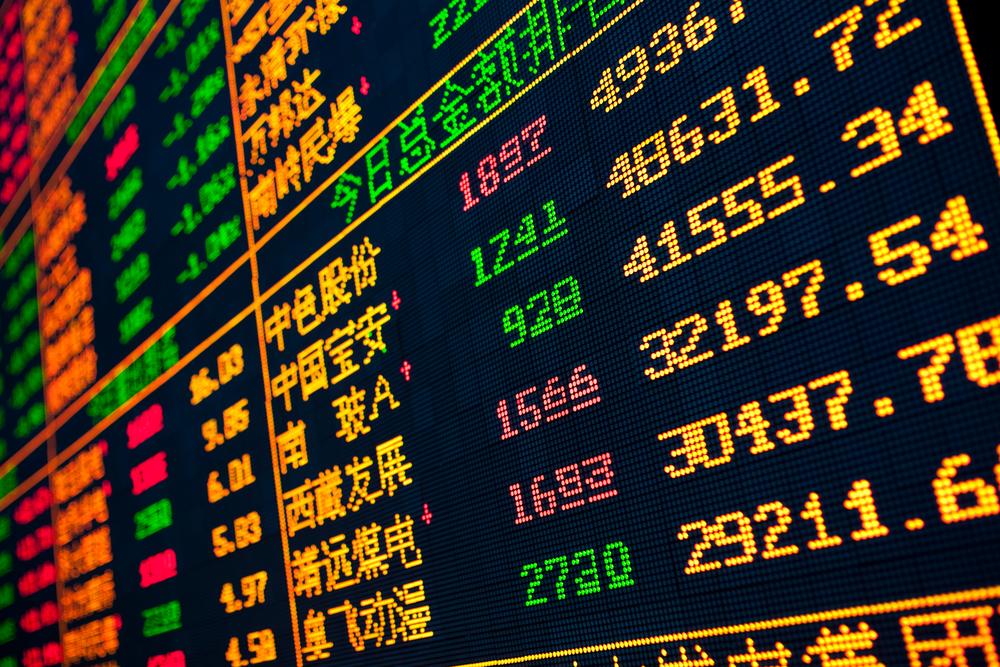The Chinese central bank took steps to increase market liquidity on Tuesday and Wednesday, in the wake of the five-day stock market slump.
Following the three-week low reached by stock markets earlier this week, policy-makers in Beijing concluded that a full-scale Sino-US trade war could not be ruled out, but a pragmatic step in the short-term would be to try and increase market liquidity.
As such – having stopped short of quantitative easing – the Chinese central bank opted to lend financial institutions 200 billion yuan (31 billion USD) and fix the yuan rate higher against the dollar. In the aftermath of posting the currency’s biggest daily fall for a year-and-a-half, such steps were deemed necessary to decrease volatility and increase confidence.
Thus far the policies appear to have had the desired effect; gains in China have encouraged the pan-European STOXX 600 to rally 0.6 percent and European auto shares to rise by 0.2 percent. This is promising, considering European auto shares is a sector that is particularly vulnerable to US tariffs.
However, such rallies are only a step in the right direction. European auto shares have declined 2 percent in the last five days alone, and such scenarios could be repeated in the coming weeks.
According to Francois Savary, chief investment officer at Prime Partners, “The framework is set: there is monetary policy tightening, less liquidity, more geopolitical uncertainty and an economic situation which in Europe at least we need to be more cautious about.”

